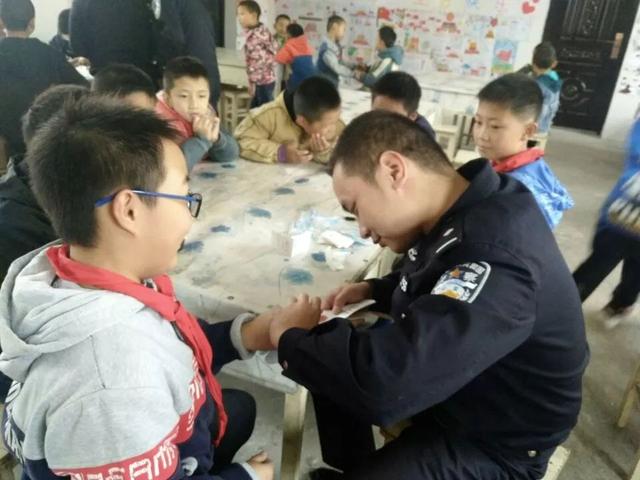
Yolanda Ouyang, 39, an employee at a state-owned enterprise in the region of Guangxi, was ecstatic. She had kept her 3rd child hidden for 2 yrs because she feared that she would be fired. “Finally, my child can come outside and play out in the open.” (1x) nytimes.com/2021/05/31/wor…
Li Shan, a 26-year-old product manager at an internet company in Beijing: “No matter how many babies they open it up to, I’m not going to have any because children are too troublesome and expensive. I’m impatient and worried that I won’t be able to educate the child well.” (2x)
Gao Bin, 27, a seller of lottery tickets in the eastern city of Qingdao, recalled how his mother had to flee to 3 places just to escape family-planning officials because she wanted to keep him. “To be honest, when I saw the announcement of this policy, I was pretty angry.” (3x)
Huang Wenzheng, a demography expert w the Center for China and Globalization: “Opening it up to 3 children is far from enough. It shld be fully liberalized, and giving birth should be strongly encouraged. There should never have been a birth restriction policy in the 1st place."
Why not scrap restrictions entirely? @stuartbasten: "If a govt makes a U-turn today in the West, it’s kind of embarrassing. But in a country like China, where the same party has been in charge for 70 years or so, then it makes a statement on the policies that were implemented."
Earlier this month, I wrote about how local governments were quietly allowing families to have three children or more without punishing them. But no government issued any policy and many mothers still remained nervous. (6x) nytimes.com/2021/05/12/bus…
Today's announcement may not boost birth rates but it's still a big shift, especially when you look back at the evolution of the world's most infamous population control policy. From One Child to Three: How China’s Family Planning Policies Have Evolved nytimes.com/2021/05/31/wor…
There are so many different issues the govt has to battle in trying to encourage its ppl to have babies: Bring down high housing costs, build more affordable daycare ctrs, tackle discrimination agst pregnant women. And how to get its young population to not "lie flat" (躺平) (8x)
With so many thanks to @fu_claire and @elsiechenyi for their help on this piece! ENDS
• • •
Missing some Tweet in this thread? You can try to
force a refresh







